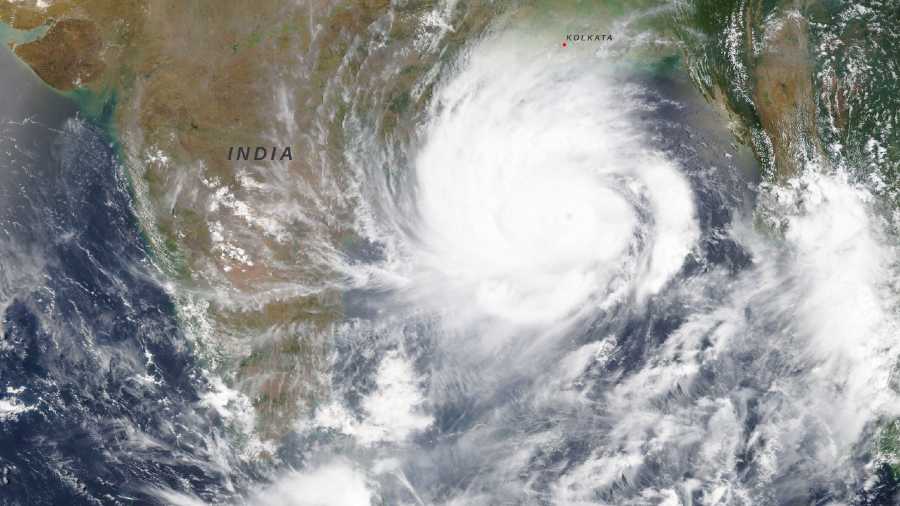The seeds of another cyclone have emerged over the Bay of Bengal.
The Bengal coast appears to be out of its way if the storm follows the expected trajectory, the Met office said on Wednesday evening.
A low-pressure area that is tipped to intensify into a cyclone took shape on Tuesday over the equatorial Indian Ocean and adjoining southwest Bay of Bengal.
The storm — to be called Asani, named by Sri Lanka — is expected to come close to the Bangladesh-Myanmar coastline, over 600km from Kolkata, on the morning of March 23.
“A cyclone has three impacts — rain, winds and storm surge. This one is likely to be too far from Bengal to have any substantial effect under any of the three possibilities,” said G.K. Das, director of the Indian Meteorological Department, Kolkata.
The city can get a cloudy sky and a drizzle at best, he said.
A Met bulletin gave a timeline and projected path of the storm: “The system is likely to move east-northeastwards and intensify into a well-marked low pressure area over the southeast Bay of Bengal and adjoining south Andaman Sea around Saturday morning.”
Thereafter, it is likely to move north-northwest along and off Andaman and Nicobar islands and intensify into a depression by the morning of March 20 and into a cyclonic storm on March 21.
“It would continue to move north-northwestwards till March 22. Thereafter, it will move north-northeastwards and reach near Bangladesh and adjoining north Myanmar coast by morning of March 23,” the bulletin said.
Heat, no sweat
The Celsius is soaring in the city but the humidity is not.
On Tuesday and Wednesday, the maximum temperature was above 36 degrees, three notches above normal. But the humidity level has been on the lower side throughout this month.
The minimum relative humidity — a marker of the moisture content in the atmosphere during the driest part of the day — was 23 per cent on Wednesday. The usual mid-March minimum relative humidity in Kolkata is over 35 per cent.
Met officials attributed this to low levels of moisture incursion from the Bay of Bengal.
If anything, the cyclone may make the weather hotter and drier in Kolkata.
